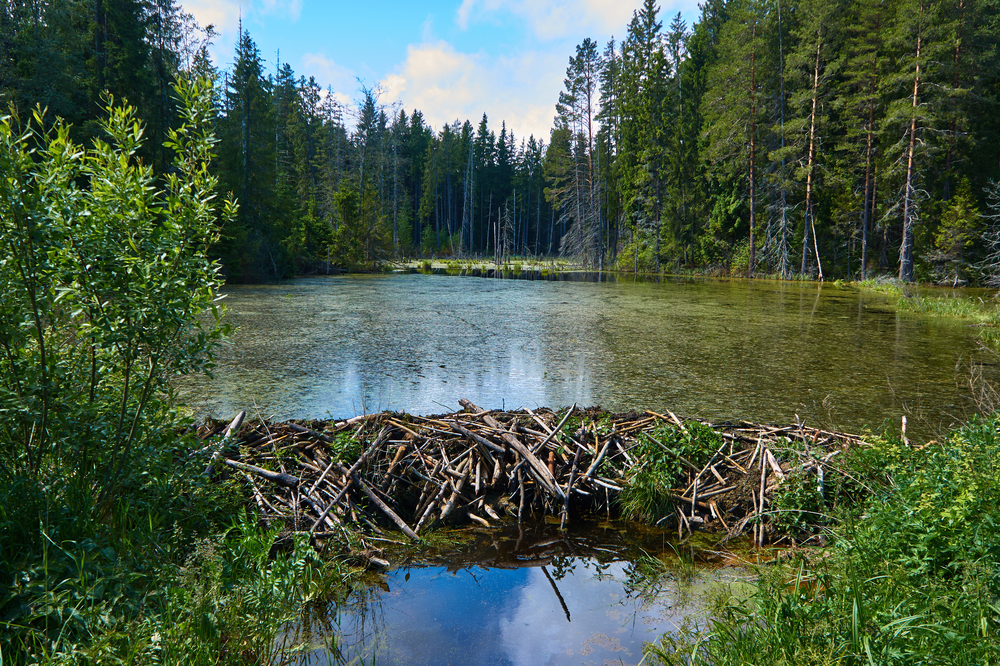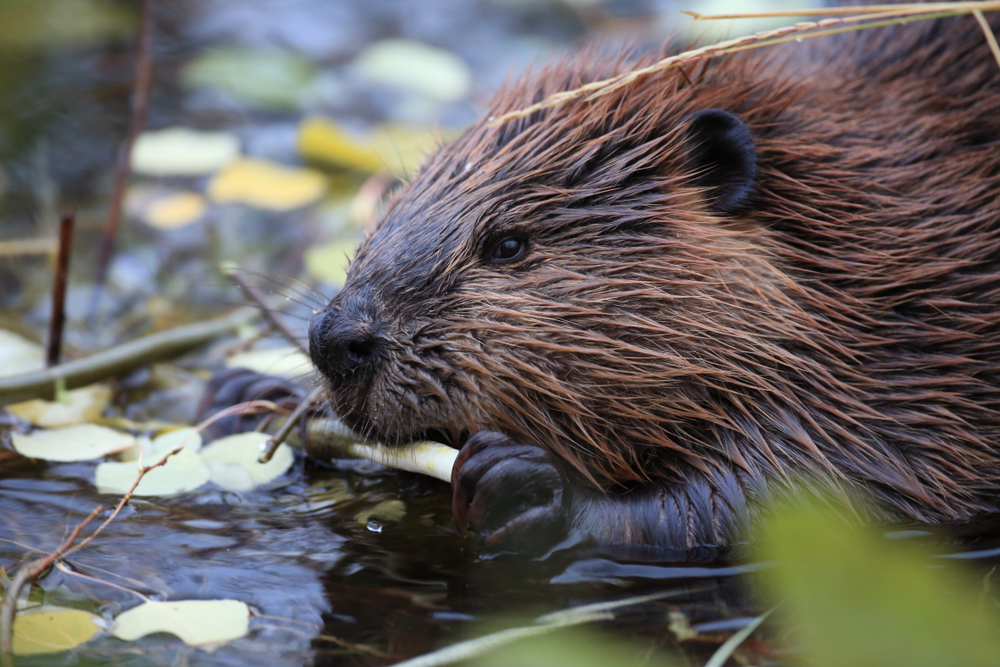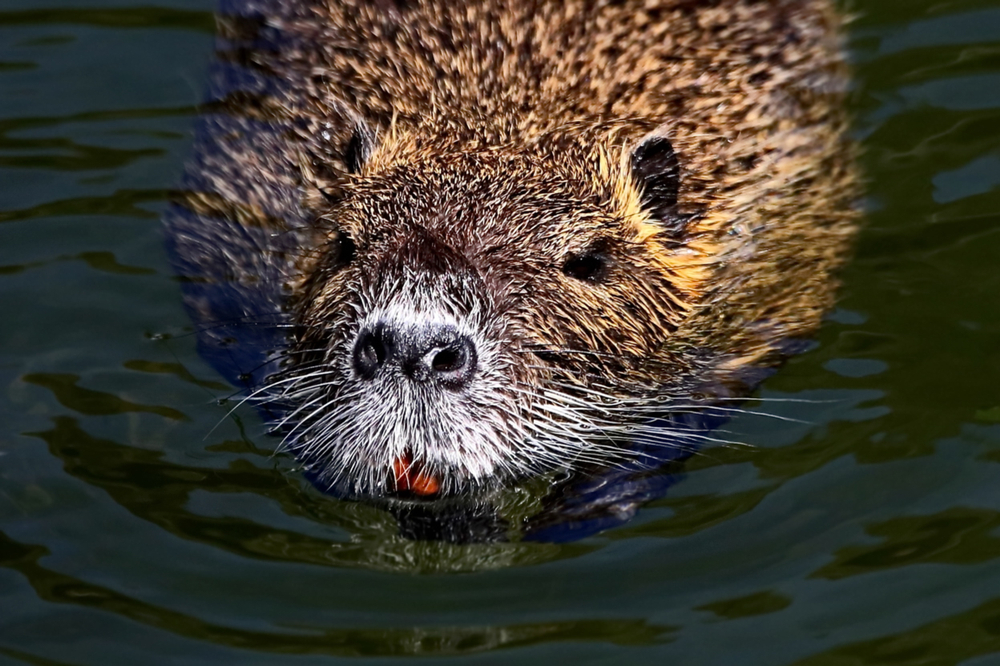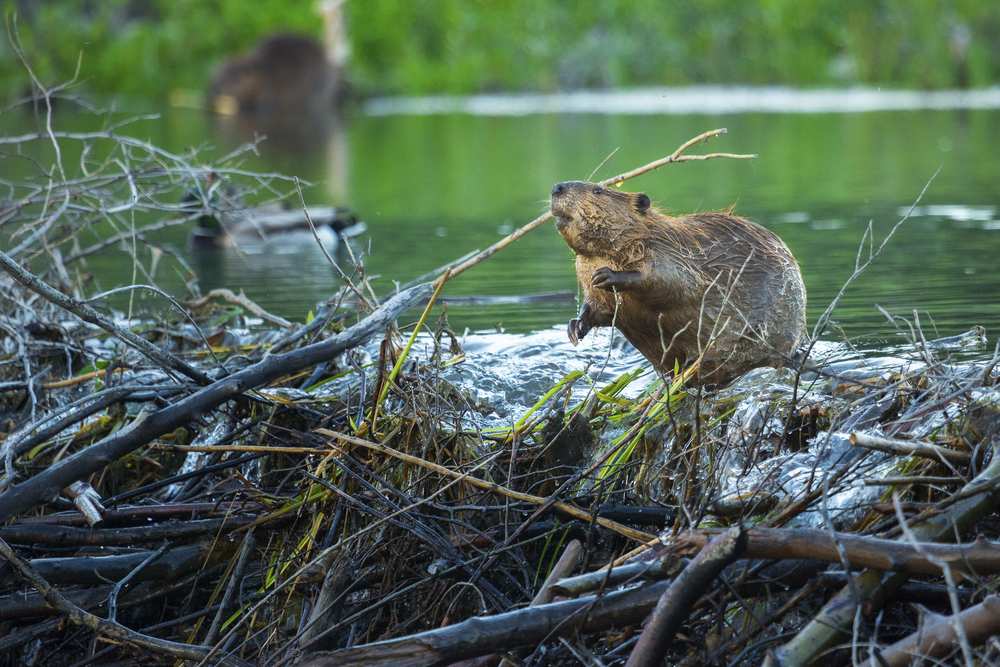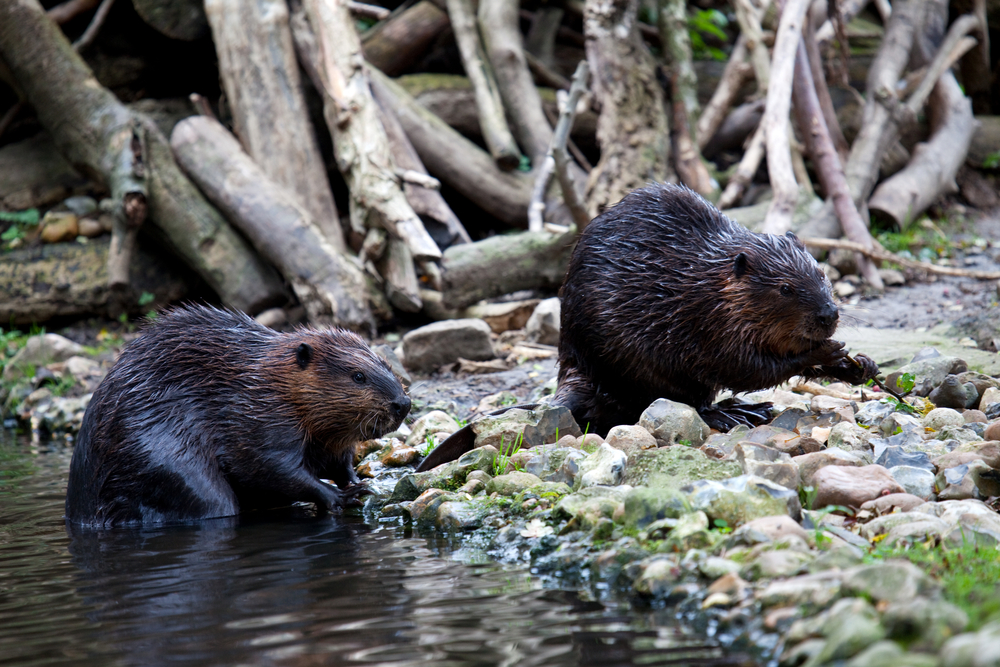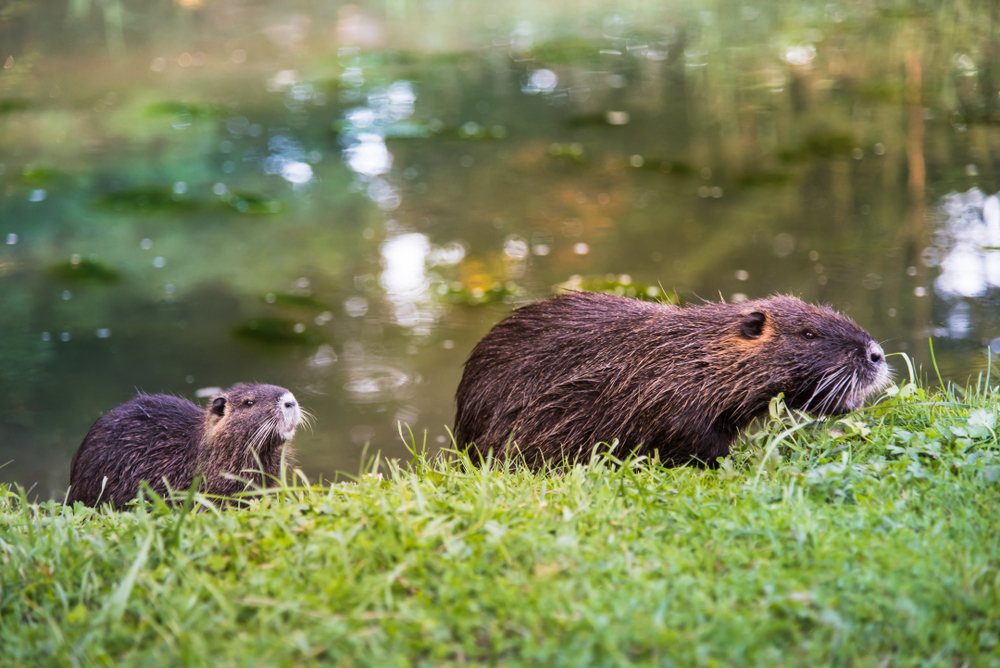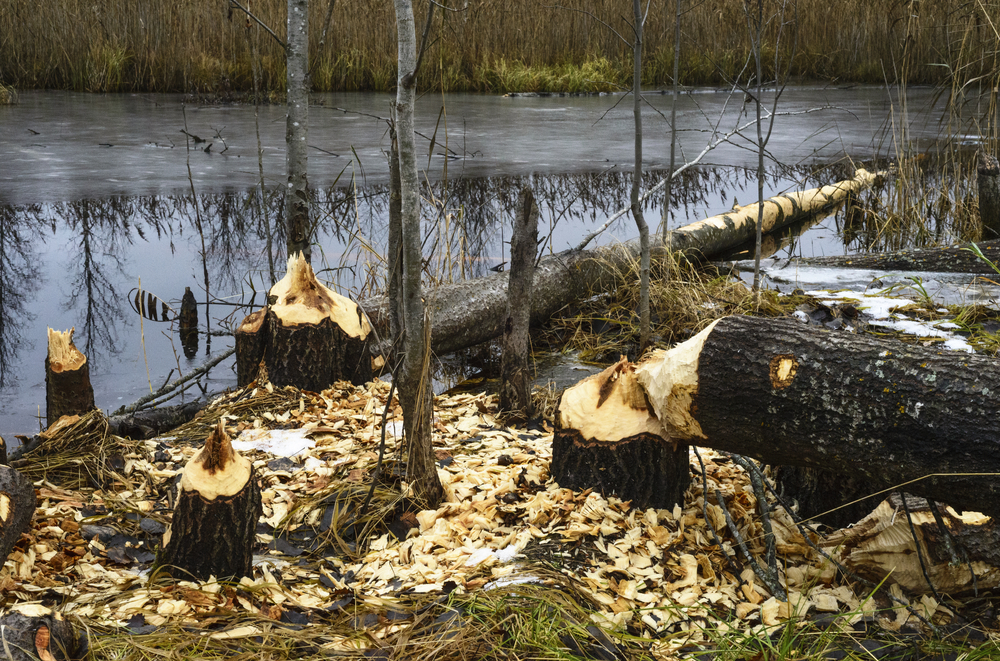Beavers and platypuses are both unique and intriguing animals, but they differ significantly in several ways:
- Taxonomy:
- Beavers belong to the order Rodentia and are classified as mammals.
- Platypuses, on the other hand, are monotremes, which are egg-laying mammals. They belong to the order Monotremata.
- Reproduction:
- Beavers give birth to live offspring, like most mammals. They have a placental reproductive system.
- Platypuses are among the few mammals that lay eggs. They are known for their egg-laying reproductive strategy, which is a characteristic of monotremes.
- Habitat:
- Beavers are semiaquatic rodents found in North America and Eurasia. They are known for building dams and lodges in freshwater habitats like rivers and ponds.
- Platypuses are native to Australia and Tasmania and are found in freshwater streams, rivers, and lakes.
- Lifestyle:
- Beavers are known for their engineering skills, building dams to create ponds and constructing lodges for shelter.
- Platypuses are known for their unique appearance, with a duckbill, webbed feet, and a venomous spur on their hind legs. They are excellent swimmers and feed primarily on aquatic invertebrates.
- Diet:
- Beavers are herbivores, primarily consuming wood from trees and various aquatic plants.
- Platypuses are carnivores, feeding on aquatic insects, larvae, worms, and small crustaceans. Their diet is primarily composed of invertebrates.
- Physical Characteristics:
- Beavers have a robust, rodent-like body, webbed hind feet, and a flat, scaly tail. Their fur is waterproof and dense, adapted for their aquatic lifestyle.
- Platypuses have a more streamlined, otter-like body with webbed feet and a bill resembling that of a duck. Their fur is also waterproof but differs in appearance from beaver fur.
- Behavior:
- Beavers are known for their industrious behavior, building complex structures like dams and lodges. They are primarily nocturnal.
- Platypuses are elusive and often solitary, with a unique electroreception ability that helps them detect prey underwater.
In summary, beavers and platypuses are distinct species with different classifications, habitats, reproductive strategies, diets, and behaviors. While beavers are known for their engineering prowess and wood-consuming habits, platypuses are celebrated for their egg-laying, venomous spur, and semi-aquatic lifestyle.




































































